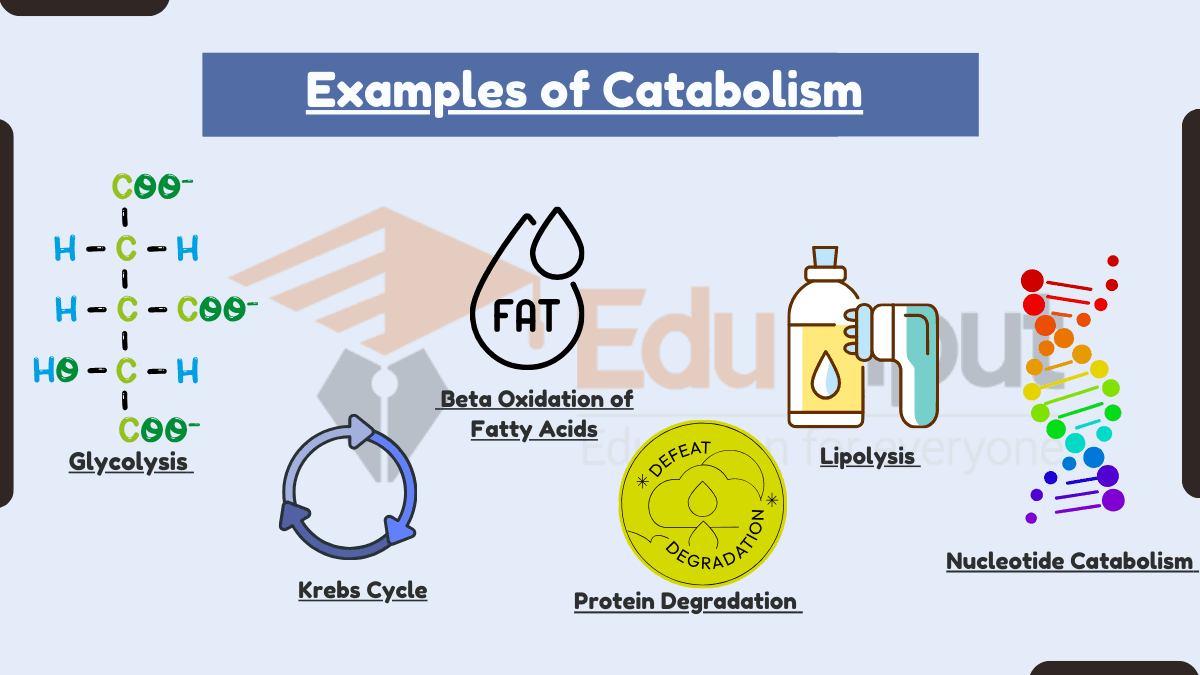10 Examples of Facultative Anaerobes
Facultative anaerobes are microorganisms that can survive in environments with or without oxygen. They have metabolic flexibility and can switch between aerobic (oxygen-utilizing) and anaerobic (non-oxygen-utilizing) modes of respiration based on the availability of oxygen.
Escherichia coli, Salmonella, Staphylococcus aureus, Clostridium perfringens, and Vibrio cholerae are few examples of facultative anaerobes.
Examples of Facultative Anaerobes
Here are some examples of facultative anaerobes:
1. Escherichia coli (E. coli)
Escherichia coli, a common example of facultative anaerobic bacterium that is found in the human intestine. It can grow in the presence or absence of oxygen and serves as a model organism in microbiology research.
2. Salmonella
Salmonella species, including those responsible for foodborne illnesses, are facultative anaerobes. They can survive and multiply in both oxygen-rich and oxygen-deprived environments.
3. Staphylococcus aureus
Staphylococcus aureus is an example of facultative anaerobe that is often found on human skin and mucous membranes. It can switch between aerobic and anaerobic respiration as needed.
4. Listeria monocytogenes
Listeria monocytogenes is a facultative anaerobic bacterium responsible for the foodborne illness listeriosis. It can grow in refrigerated environments and is a concern in food safety.
5. Clostridium perfringens
Clostridium perfringens is a bacterium known for causing gas gangrene and food poisoning. It is facultative anaerobic and can thrive in the absence of oxygen.
6. Streptococcus species
Several species of Streptococcus, including some that are part of the human oral microbiome, are examples of facultative anaerobes. They can grow in aerobic conditions when oxygen is present and switch to fermentation in anaerobic conditions.
7. Enterococcus species
Enterococcus species, commonly found in the human gastrointestinal tract, are examples of facultative anaerobes. They can survive in a wide range of environments.
8. Bacillus subtilis
Bacillus subtilis is a soil bacterium and model organism for studying bacterial physiology. It can adapt to aerobic and anaerobic conditions by adjusting its metabolic pathways.
9. Vibrio cholerae
Vibrio cholerae, the bacterium responsible for cholera, is a facultative anaerobe. It can exist in both oxygenated aquatic environments and the human digestive system.
10. Klebsiella pneumoniae
Klebsiella pneumoniae is a bacterium known for causing respiratory and urinary tract infections. It is classified as a facultative anaerobe.




Leave a Reply